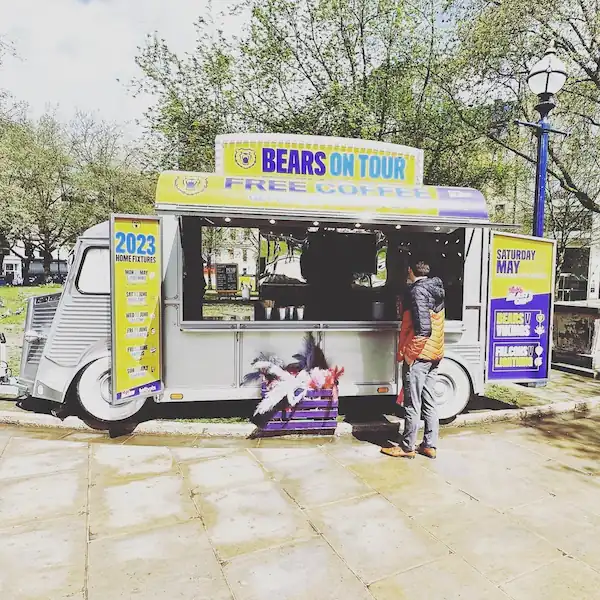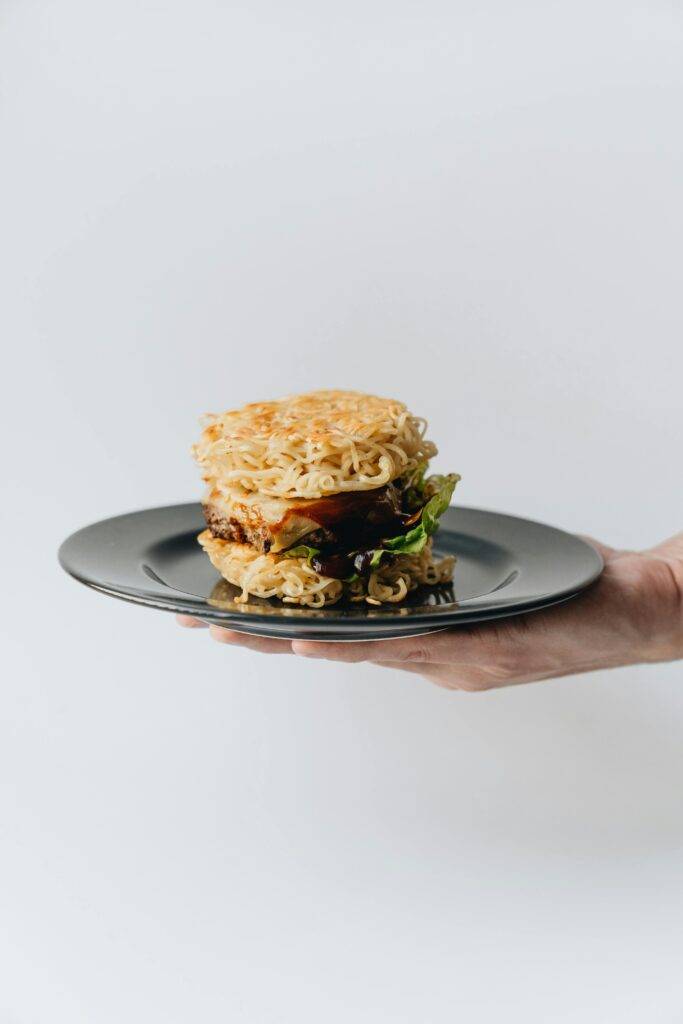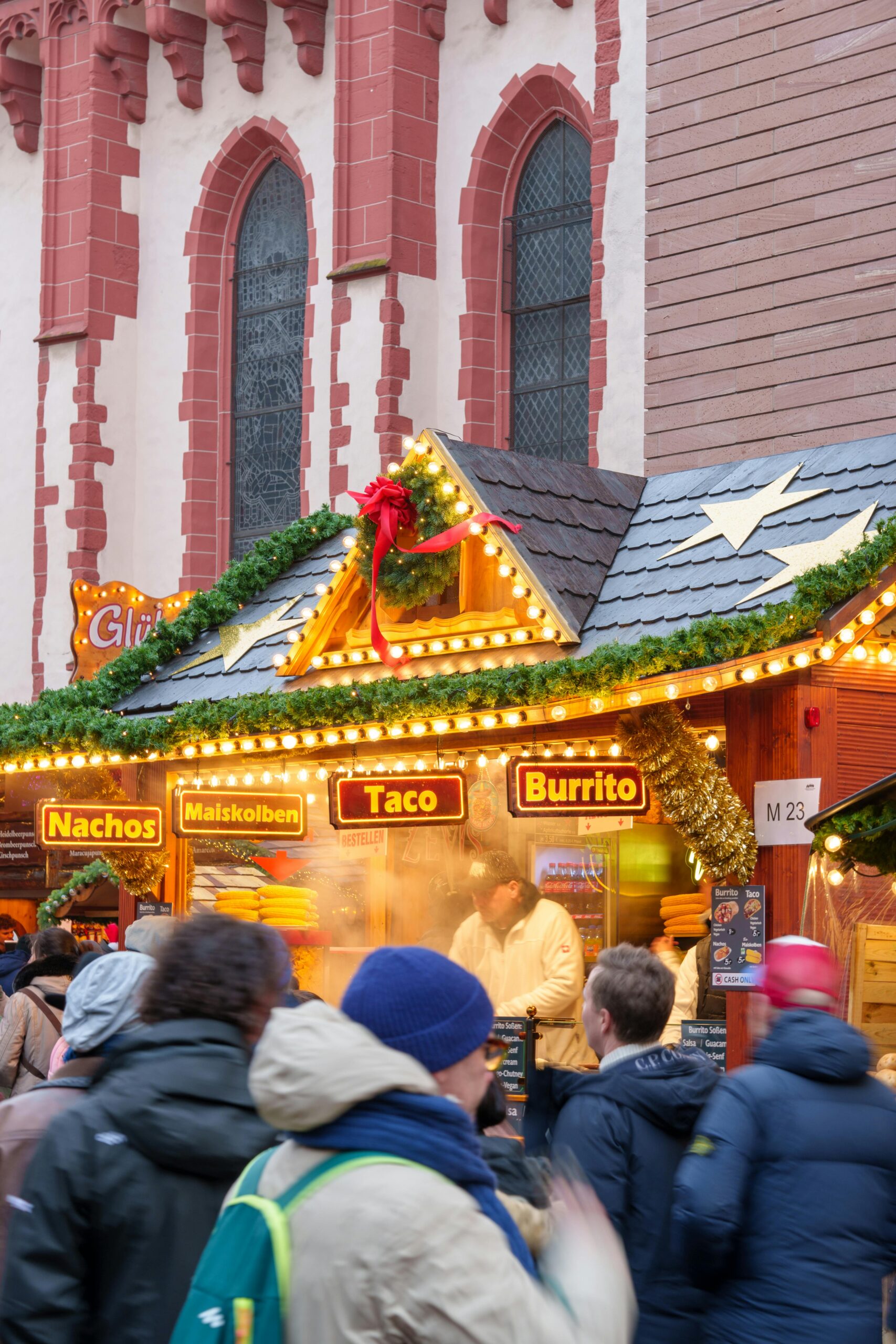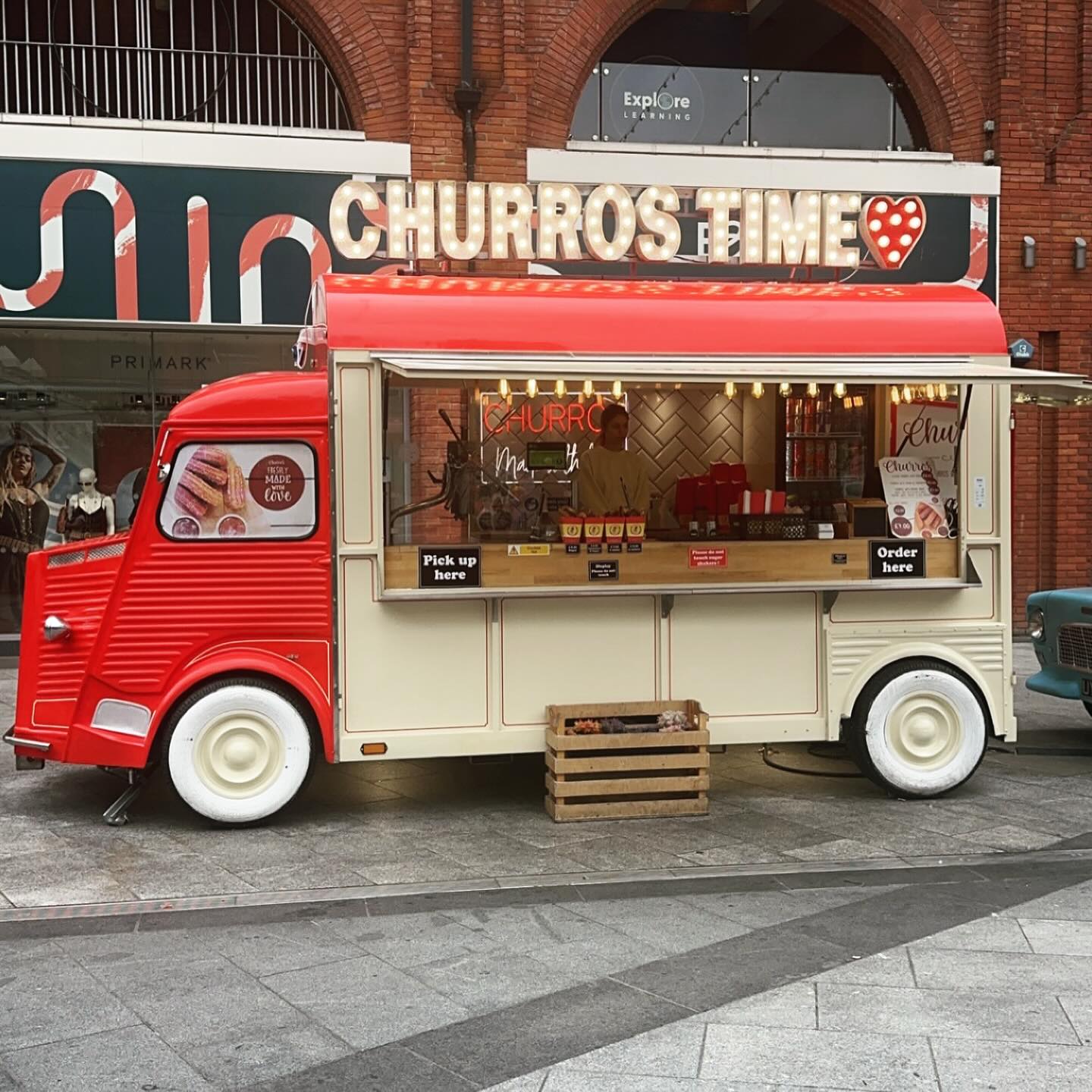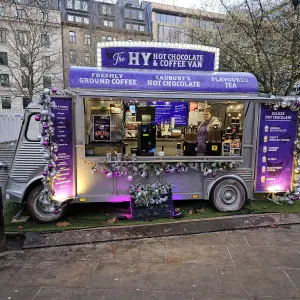In the bustling world of marketing, standing out is a challenge. The market is saturated, and capturing the attention of consumers is no easy feat.
Enter food, a universal language that resonates with everyone. It’s more than just sustenance; it’s an experience, a memory, a story waiting to be told.
Food brand engagement is the art of turning this experience into a marketing strategy. It’s about creating a buzz, a sense of anticipation and excitement around your brand.
This article explores how to leverage food to increase brand awareness and customer engagement. We delve into innovative marketing strategies, with a particular focus on food trucks.
Food trucks are not just mobile eateries; they are moving billboards for your brand. They offer a unique opportunity to create memorable, Instagrammable moments that resonate with your audience.
Whether you’re a marketing manager looking to spice up your content strategy or a wedding planner seeking a wow factor, this article is for you.
Get ready to embark on a culinary journey that will transform your approach to brand engagement. Let’s turn food into a powerful tool for creating buzz around your brand.
The Appetizing Intersection of Food and Marketing
In marketing, food transcends its edible appeal; it serves as a dynamic medium of communication. The senses it tantalizes make food a potent element in crafting memorable brand experiences. This advantage allows brands to create connections through taste, aroma, and visual delight.
Understanding this power, brands are increasingly turning food into a canvas for storytelling. This approach engages consumers not just through flavor, but through narrative and visual flair. By integrating cultural cues and personal stories, food becomes a bridge to consumer hearts and minds.
The role of food in marketing extends beyond its initial impression. It invites interaction, discussion, and even loyalty, as customers become advocates for the experiences they’ve enjoyed. Food can evoke nostalgia, pleasure, and curiosity, making it a versatile tool for engaging diverse audiences.
Experiential marketing thrives on such interactions, where the act of tasting or sharing food transforms into a communal experience. It’s about more than just selling a product; it’s about fostering relationships and memorable moments that stick with consumers.
Moreover, food naturally lends itself to virality. A well-presented dish, an exotic flavor, or a unique culinary story can easily become a conversation starter on social media platforms. When consumers share their food experiences online, they inadvertently become part of the brand’s marketing team.
In this dynamic intersection of food and marketing, opportunities for creativity abound. Brands can leverage this medium to craft stories that captivate, engage, and convert, turning the mundane into something magical and memorable.
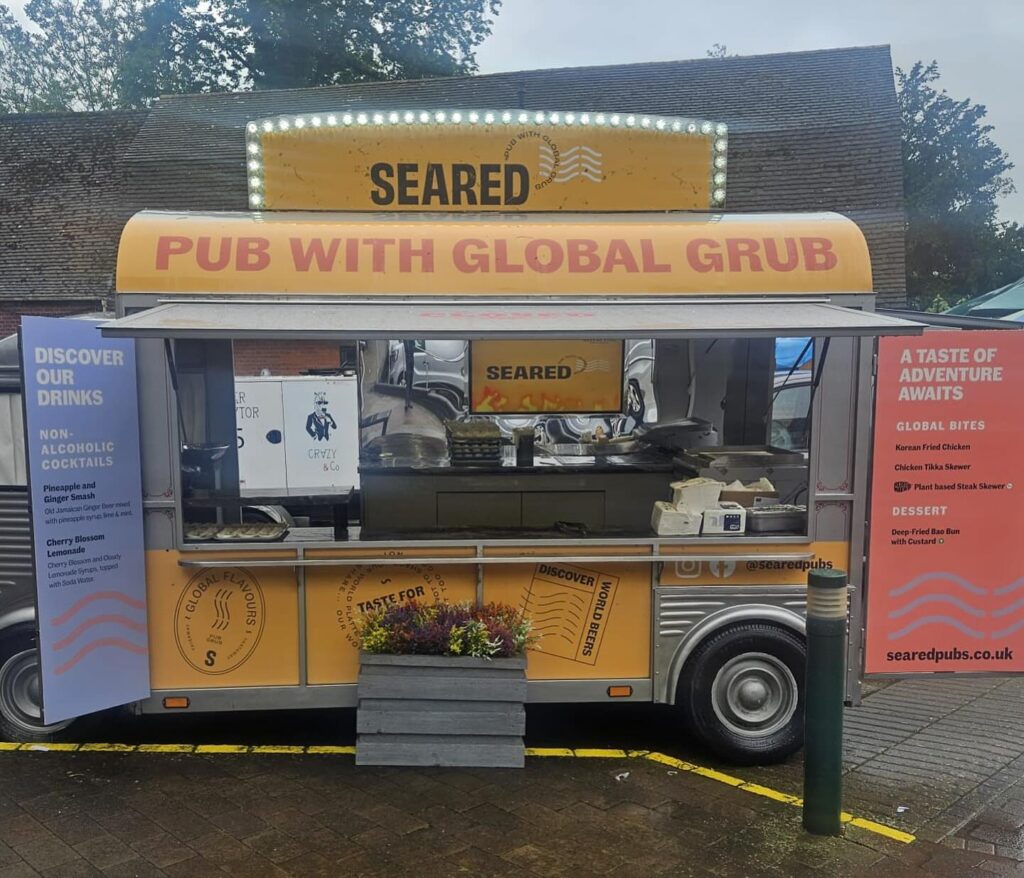
Understanding Your Audience’s Palate
To engage through food, brands must first understand their audience’s palate. Knowing what excites and satisfies them is crucial. It requires an exploration of their tastes, preferences, and dining habits, which helps in tailoring experiences that resonate deeply.
Market research becomes essential in this process, offering insights into consumer behavior and cultural influences. Such knowledge allows brands to curate food experiences that not only meet but exceed expectations. When consumers feel understood, they are more likely to connect emotionally with a brand.
Creating food offerings that mirror your audience’s desires fosters a sense of belonging and loyalty. It’s about hitting the sweet spot where brand message aligns seamlessly with consumer cravings. Thus, mastering the art of audience understanding is pivotal in turning a simple meal into a powerful engagement tool.
The Challenges of a Saturated Market
Standing out in a saturated market is no easy task. With countless brands vying for attention, creating a distinctive food experience is essential. The challenge lies in capturing the audience’s interest amid a sea of options.
To differentiate, brands need to innovate and think outside conventional parameters. This might involve introducing unique flavors, hosting exclusive events, or creating visually stunning presentations. Innovation can be the spark that sets a brand apart in a crowded space.
Moreover, effective communication of brand values is vital. Brands that convey a clear, compelling narrative around their food are more likely to capture attention. A well-articulated message aligns consumers with the brand’s core ethos, fostering deeper engagement.
Ultimately, navigating a saturated market requires a blend of creativity and strategic thinking. It’s about crafting experiences that not only draw attention but linger in the hearts and minds of consumers, ensuring that a brand isn’t just seen, but remembered.
Food Trucks: The Movable Feast of Brand Awareness
In the bustling arena of food marketing, food trucks have emerged as unconventional yet powerful tools. They blend mobility with the allure of novelty, transporting culinary creations to diverse locations. This versatility transforms any ordinary spot into a focal point of brand engagement.
Food trucks offer brands a unique, flexible, and visually captivating presence. They serve as mobile billboards, bringing messages directly to where audiences gather. From vibrant city streets to serene park locations, food trucks capture eyes and appetites wherever they appear.
Their ability to create pop-up moments is unparalleled, turning meals into events. This element of surprise generates buzz and can significantly boost brand awareness. When strategically placed, food trucks tap into spontaneous consumer interactions, transforming them into memorable brand experiences.
Moreover, food trucks excel in creating community. They attract diverse crowds and encourage shared experiences around food. This fosters a sense of connection and belonging, valuable in building brand loyalty. A sense of local flavor also enhances the community feel, endearing brands to regional audiences.
Innovation with food trucks doesn’t end at location; the menu can adapt, reflecting trends or seasonal flavors. This adaptability ensures offerings stay fresh and exciting, continuously captivating existing and potential customers alike. Through their dynamic nature, food trucks transform the landscape of food brand engagement.
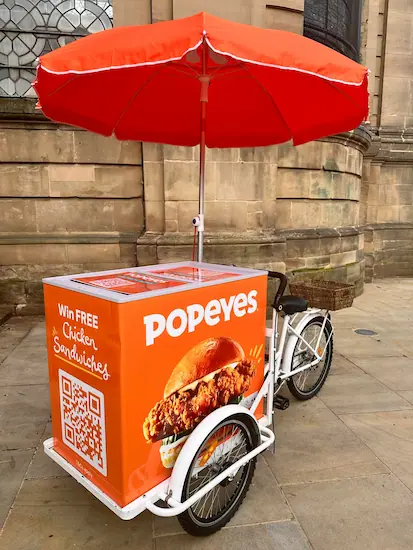
Why Food Trucks Stir Up Engagement
Food trucks aren’t just mobile eateries; they’re dynamic marketing engines. Their vibrant aesthetics and mouthwatering scents lure people effortlessly. In a world where capturing attention is paramount, food trucks deliver with flair and immediacy.
They also capitalize on curiosity and novelty. As they rove through different neighborhoods, anticipation builds. People are drawn to these spontaneous, outdoor dining experiences. This curiosity can lead to increased foot traffic, providing brands with significant exposure.
Moreover, food trucks excel in creating Instagrammable moments. A cleverly designed truck or unique menu item can become a social media hit. Such visual appeal is potent for viral marketing, with patrons eager to share their experiences online.
Lastly, the direct engagement that food trucks facilitate is invaluable. Unlike stationary venues, food trucks invite immediate consumer interaction, fostering a personal connection that larger, less nimble marketing strategies might miss. This personal touch can translate into lasting loyalty.
Booking a Food Truck with Wow Factor for Events
For wedding planners aiming to leave an impression, a food truck adds a surprising twist. Selecting the perfect truck requires attention to detail, ensuring it aligns with the event’s theme. The first step is identifying trucks whose aesthetics and cuisine match the desired tone.
A food truck introduces a casual yet distinctive element, transforming traditional catering. Its presence can elevate the event’s atmosphere, adding a layer of fun and flair that guests relish. Additionally, they offer interactive and diverse dining options that engage and entertain guests.
Customization is another advantage. Food trucks often provide tailored menus, making room for personal touches. Whether it’s a regional specialty or a favorite dish, the right food truck can cater to specific tastes, enhancing personalization and memorability.
When exploring options, it’s crucial to consider logistics and engagement strategy. Assessing permits, space, and service capacity will smooth the event execution. Thoughtful positioning of the truck can also bolster interaction, ensuring it becomes a hub of activity and delight.
Incorporating a food truck with wow factor transforms mundane meals into memorable experiences. By seamlessly integrating culinary charm with strategic placement, a wedding planner can captivate guests and create an event that is talked about long after it concludes.
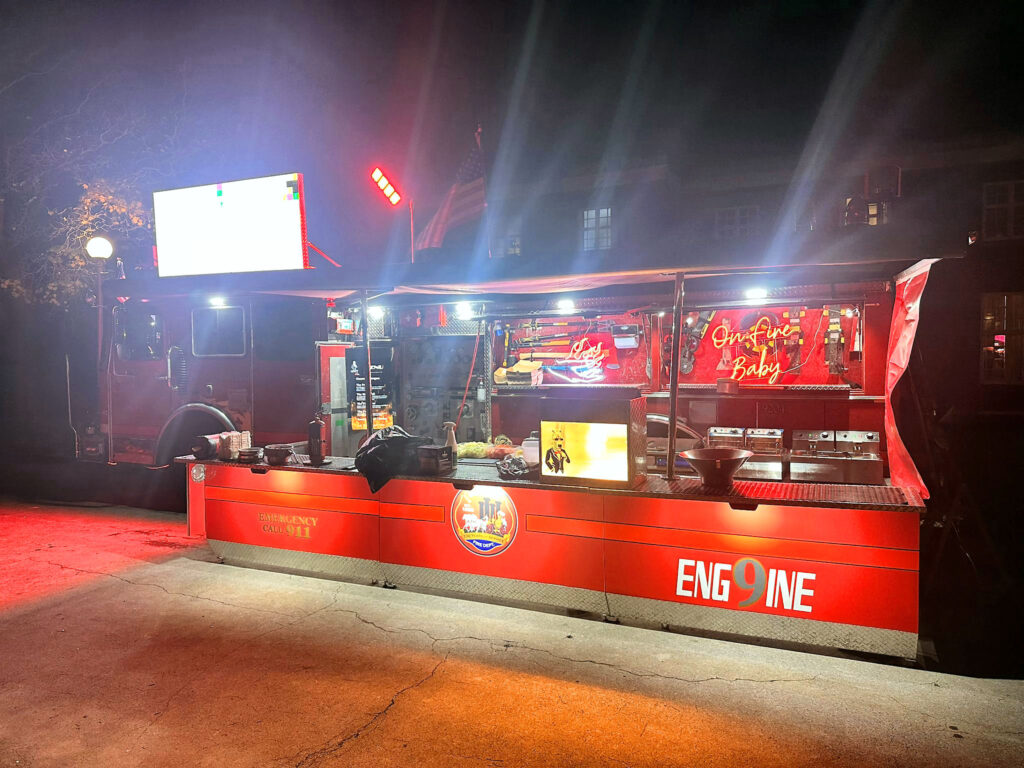
Crafting Stories That Stick: The Role of Storytelling in Food Marketing
Storytelling in food marketing has transformed mere consumption into an emotive experience. It offers brands the chance to connect on a deeper level. Food isn’t just about flavor; it’s about the narratives that enrich it.
A compelling brand story can captivate and engage. It adds layers of meaning and relatability, drawing consumers into the brand’s unique world. This approach helps to differentiate a brand in a crowded market.
By weaving authenticity and creativity into narratives, brands can humanize their image. Stories of origin, passion, or sustainability resonate with audiences. Such elements build a story that consumers remember and value.
Ultimately, storytelling in food marketing turns eating into an adventure. It moves beyond the plate, inspiring loyalty and passion in customers. This engagement not only boosts brand awareness but also secures a lasting place in the consumer’s mind and heart.
Case Studies: Successful Food Brand Narratives
Consider Ben & Jerry’s, renowned for their storytelling prowess. They craft narratives around values like social justice and sustainability. This storytelling distinguishes them from competitors and connects with a conscientious audience.
Next, think of the success of Chipotle. Their “Cultivate a Better World” campaign highlights sourcing and sustainability. Through storytelling, they invite consumers into a world of ethical dining. This transparency fosters trust and loyalty among customers.
Taco Bell’s approach is another fine example. They leverage pop culture to narrate their brand’s identity. By creating stories filled with humor and relatable themes, they consistently engage younger audiences.
In the digital space, Sweetgreen excels by sharing stories of local farmers they partner with. These narratives emphasize community support. Their storytelling connects customers to the food’s journey, enhancing emotional investment.
Lastly, Lush Cosmetics, while not a food brand, offers valuable insights. They convey narratives of ethical sourcing and environmental consciousness. Applying similar principles, food brands can create emotionally rich and sustainable stories that capture consumer hearts and minds.
Leveraging Social Media to Serve Up Engagement
Social media is a veritable feast for brands. It offers an immense table for showcasing food and fostering engagement. By leveraging these platforms, brands can reach eager audiences worldwide.
Engaging with customers on social media can transform onlookers into brand advocates. Consider each post a dish of creativity and authenticity. This promotes word-of-mouth marketing, driving organic engagement.
Platforms like Instagram and TikTok are perfect for visual storytellers. These visually-driven platforms suit food brands, offering a dynamic space for connecting with diverse audiences. Each post, story, or reel is an opportunity to capture hearts and minds.
Moreover, these platforms offer invaluable feedback. By monitoring engagement, brands can fine-tune their approach. Social media enables brands to stay attuned to their audience’s evolving tastes and preferences.
Thus, social media acts as both a stage and a magnifying glass. It accentuates brand narratives and amplifies messages, turning engagement into a relatable and delightful experience for all involved.
Hashtags, Influencers, and User-Generated Content
The social media landscape thrives on hashtags, influencers, and user-generated content. Hashtags cultivate community discussions and expand reach. Well-crafted hashtags allow posts to appear in relevant searches, enhancing visibility.
Influencers wield influence by sharing food experiences with dedicated followers. Collaborating with them can extend a brand’s reach exponentially. They provide an authentic and trusted voice that resonates with target audiences.
User-generated content is the cherry on top. It infuses authenticity into a brand’s story. When consumers share their experiences, they create a ripple effect of trust and engagement. This content builds a network of shared experiences around the brand.
By harnessing the power of these tools, brands can construct robust digital communities. Each element contributes to a vibrant tapestry of interaction, driving engagement to new heights.
Visual Feasts: Creating Shareable Food Content
Visual appeal is essential in the culinary world. Food is not only tasted; it’s seen and savored visually. This is where shareable content becomes crucial.
Eye-catching photos and videos captivate and entice. When food looks appetizing on screen, it beckons viewers to share. This not only promotes engagement but also fosters community building.
To create such content, focus on lighting, angles, and colors. These elements enhance the vibrancy and allure of dishes. Make viewers feel they can almost taste it through their screens.
Ultimately, shareable content becomes a vehicle of brand storytelling. It turns a simple dish into an unforgettable visual experience, effectively broadening brand visibility and enhancing customer interaction.

Conclusion: Savoring the Flavor of Brand Engagement
As we’ve explored, food holds an unparalleled power to captivate and connect. It’s not just about tasting—a memorable brand experience lingers much longer. Whether through strategic marketing or food trucks, the goal is clear: leave a lasting impression.
Marketing managers and wedding planners alike can harness this potential. By weaving rich stories and engaging campaigns, they spark interest and create buzz. Each initiative should be as tantalizing as a favorite dish.
In this vibrant landscape, innovation is key. Embrace new strategies, listen to feedback, and adapt with enthusiasm. Let food be the bridge that links brands to hearts. Through creativity and commitment, brand engagement becomes more than a goal—it becomes a reality.

